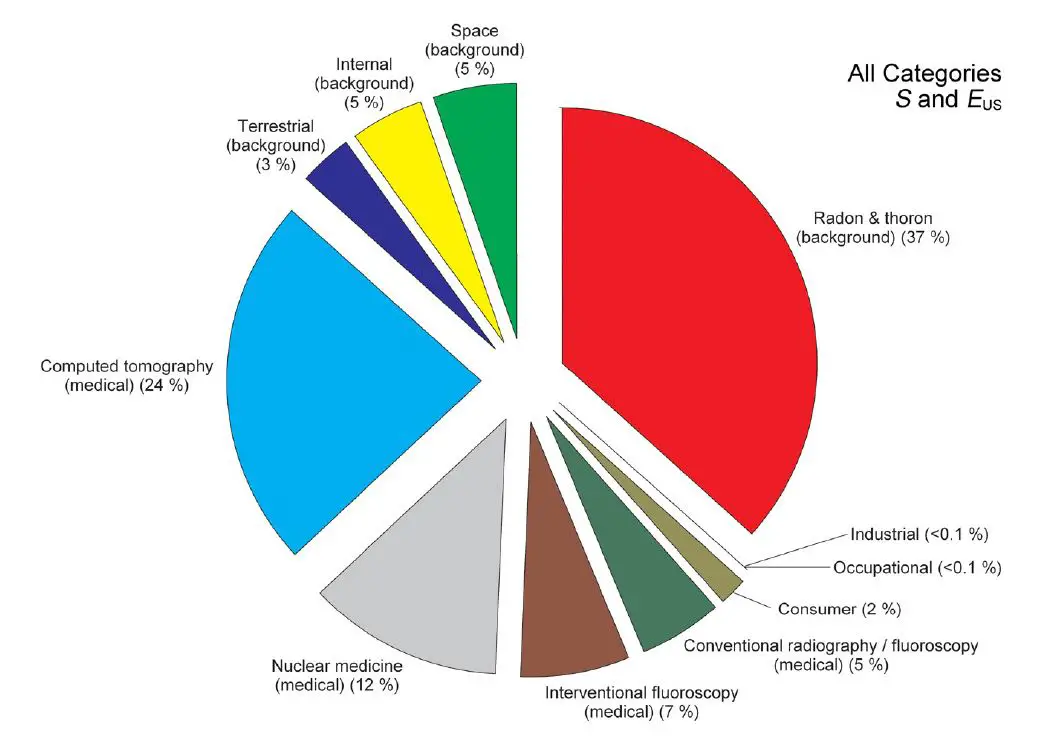Data from the South Korean National Radio Research Agency says that iPhones emit double the radiation than Samsung phones in South Korea. The specific absorption rate, according to the agency, of iPhones is 1.166 watts per kilogram while Samsung phones allegedly emit 0.517 watts per kilogram. Like the United States, South Korea’s safe zone for SAR is 1.6 watts per kilogram placing both the iPhone and Samsung phones below the legal limit considered to be safe.
In South Korea, the safest rate, tier 1, is given to devices when below 0.8W/kg, and tier 2 for those over that and below 1.6W/kg. The country limits radiation to 1.6W/kg, less than the international limit of 2W/kg. Choi said six products distributed by Apple in Korea from 2014 to April this year received a tier 2. iPad Pro 9.7, approved on April 15 by the agency for sale, had the highest rate of 1.192W/kg. For the iPhone 6 and iPhone 6S it was 1.17W/kg and 1.15W/kg, respectively. Samsung’s 49 products — smartphones and tablets — all received a tier-1 grading. Out of LG’s 52 products, only 14 received tier 1 and rest were tier 2.
Choi did say that the specific absorption rate across all manufacturers is going up and expressed concern for the health of the South Korean people. If the presented data from the South Korean National Radio Research Agency is fact, the iPhone still falls within government limits. Radiation is all around us, from your TV and cellphone to your car and wrist watch. We’re exposed to “background radiation” on a daily basis, even if you don’t own a smartphone. It occurs in nature and the average person is exposed to 6 millisieverts (mSv) of radiation annually, half from nature and the other from medical procedures.

By far, the major source of human-made radiation is from medical applications. The medical exposure in Figure 1 represents the total exposure for medical procedures averaged over the entire U.S. population. The in-crease in the medical use of radiation accounts for the largest part of the overall increase in radiation exposure over the last several years. Other sources of radiation include consumer products and uses of natural radioactivity, such as in some smoke detectors, energy-saving compact fluorescent light bulbs, timepieces, ceramics, fertilizers, and lantern mantles.
While it’s always safest to limit the amount of exposure one has to radiation, you also shouldn’t worry too much unless you plan on gluing your iPhone to your head. If you want to know more about background radiation hit the link below to check out Fermilab’s fact sheet.
[button link=”http://www.zdnet.com/article/iphones-emit-double-the-radiation-of-galaxy-handsets-korean-agency/” icon=”fa-external-link” side=”left” target=”blank” color=”285b5e” textcolor=”ffffff”]Source: ZDNet[/button][button link=”https://goo.gl/qtKuI3″ icon=”fa-external-link” side=”left” target=”blank” color=”285b5e” textcolor=”ffffff”]Source: Fermilab[/button][button link=”https://www.fcc.gov/general/specific-absorption-rate-sar-cellular-telephones” icon=”fa-external-link” side=”left” target=”blank” color=”285b5e” textcolor=”ffffff”]Source: FCC[/button]Last Updated on January 23, 2017.










